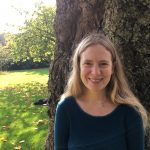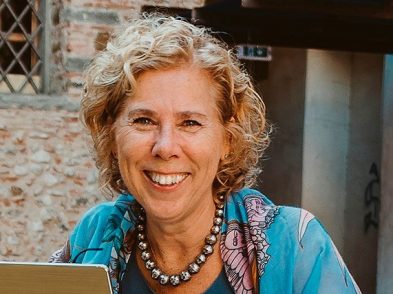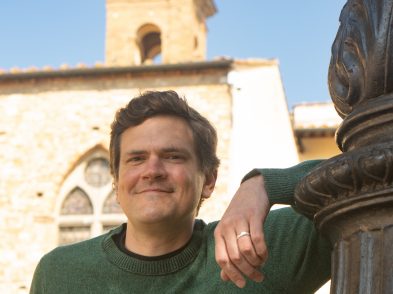Down a narrow street just north of the river, you will find an art studio/gallery with a welcoming ingresso libero sign on the door. It’s a quiet place where you can stroll along walls packed full of paintings, turn a corner and see the artist at work. I went along to meet Maximilian Ciccone in via dei Fossi to find out about his path to success.
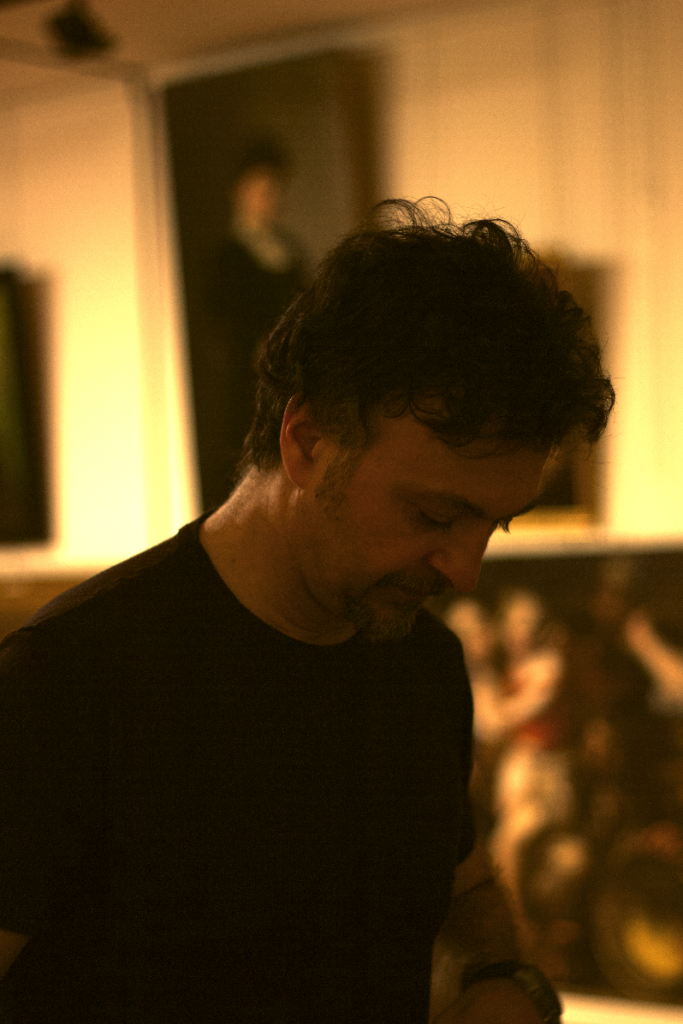
Ciccone grew up in Calabria and always loved drawing, but never considered becoming an artist. He had a late start to professional painting, which occurred when he converted to Christianity, after growing up in a nominally Catholic family. “At 21, when I converted to Christ, I had my first experience of understanding lights and colours.” Ciccone tried to find an art school, but he “always found closed doors”, so he decided to teach himself. “I was guided by the Holy Spirit.” He spent many years researching, doing personal studies of artists such as Caravaggio and painters from the Russian and Neapolitan schools of art. Humble about his abilities, by age 26 Ciccone was making his living solely from art.
Tuscany was never somewhere that appealed, but the artist was led to the region as his career developed. After 15 years living in Montevarchi, he opened his Florence studio last year. “I didn’t know at the time that this is the largest studio in all of Florence. The Florentines told me.”
The studio houses a large collection of his own paintings, in addition to those by famous artists such as Francesco Vinea, William-Adolphe Bouguereau and Jules Bastien-Lepage. Throughout his career, Ciccone has often sold a painting and then bought another one, or traded his own works for those by famous artists. Now in his mid-forties, he has managed to amass an extraordinary collection of his own work and the kind of Italian artists you see in the Uffizi or the Pitti Palace.
Ciccone paints portraits and the Impressionist style still lives on. His Italian landscape scenes are popular with Americans and if someone likes one of the paintings on display from other artists, he paints realistic replicas. Being self-taught, he says, “when critics and art historians came to view my art, they couldn’t understand it. They asked what time period my art was from and where I’d studied because they couldn’t recognize it as coming from a particular school.”
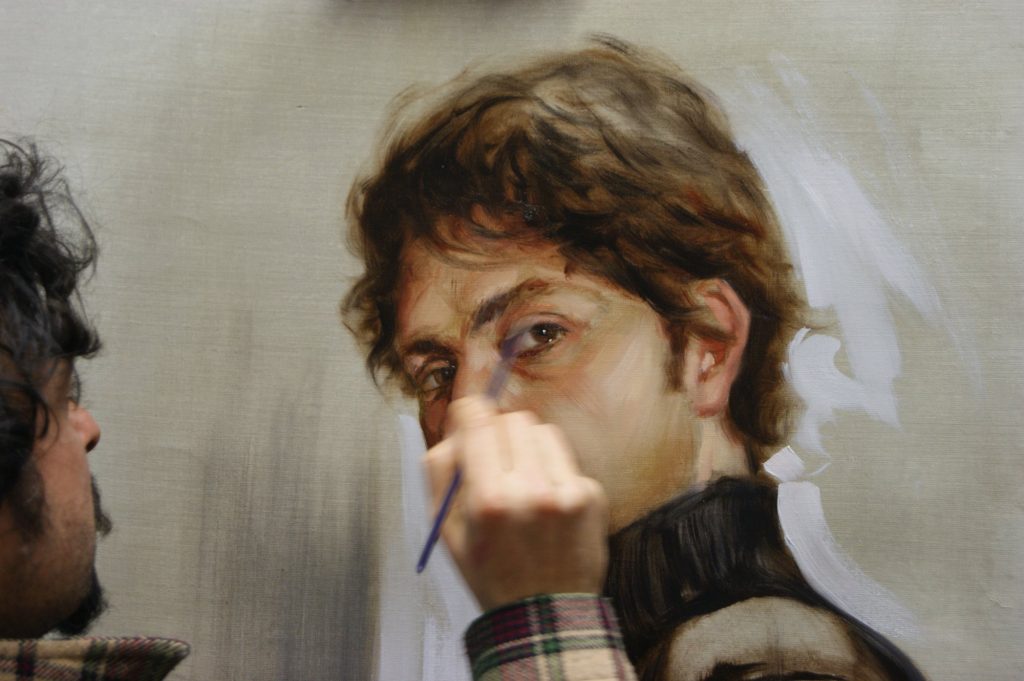
Ciccone now runs his own art school and his unique yet traditional style attracts students from all over the world. He sees his role as offering inspiration and guidance to those who might become disillusioned with more modern art and styles of teaching. “The problem with the instruction in the public schools is often the teachers don’t really understand art. They don’t teach it well, so gifted students might abandon art or go into more modern art rather than developing their craft.”
Ciccone’s collection gives students a rare opportunity to study up close. “This used to be possible in art galleries. That was the old way to observe the original paintings for learning purposes. Now, for security reasons, such as climate activists destroying paintings, you are not allowed to do that. But here you are able to look at the antique paintings and study them. This is waking up the dreams of young artists.”
Ciccone shows me one of his paintings, a rainy scene of a Florentine street with blurry figures holding umbrellas. This was painted during one of his class outings, teaching his students out en plein air and in all weathers. “These are very improvised outings. It can take many hours because the weather is constantly changing. Different things happen when you’re outdoors. In the studio you know exactly how it’s going to happen. Outside, you are in the middle of people and tourists are curious, so it can become a little complicated. But there’s a sense of improvisation and freedom to this work.”
As a Calabrian, moving to Florence took some adjustment. “I respect the Florentine culture, but it is the total opposite of what I was used to. In the south, it’s easy to build relationships with people. I miss that a little. The Florentines are more private and distant. That being said, my Calabrian personality does help when it comes to making friends…I am in love with Florence. It’s pretty small, but there’s a high concentration of churches and museums, which makes it more unique than any other place in the world.”
As a Christian, Ciccone talks about “getting out of the church and into the world” to share his gift and help others do the same. Ironically, however, his family is now moving into an apartment within the Basilica of San Lorenzo, a place that was found for him by the priest, who Ciccone became acquainted with when he painted his portrait.
At the end of a busy week of painting, you’ll find Ciccone taking his students out to Mammamia for pizza on a Saturday night. Recently he’s taken to a passeggiata across the Ponte Vecchio as he contemplates the evening light. He has plans to paint it soon. If the queues to get into the Uffizi or the Duomo aren’t your thing, Ciccone’s studio is the perfect place to discover this renaissance of traditional art made anew.

